Author: Bob Lapidus, CSP, CSMS
The wall-to-wall formal safety inspection is one of the most common types conducted in organizations. Such inspections need to be done occasionally, but the problem with this kind of inspection is that it requires the people doing the inspection to be looking for every unsafe condition or unsafe practice all at the same time. This search is difficult to do and oftentimes hazards are missed because the eye cannot pick up on every single risk.
The specific inspection, looking for one kind of hazard, truly helps identify unsafe situations because it focuses the mind and the eye on a single type of problem. Whether we are looking specifically for hazards associated with fire, electricity, slips and falls, chemicals, tools and equipment, illumination, ergonomics, or even personal protective equipment, it helps us narrow the view. By zeroing in on particular problems, we limit our focus, and gather more precise information.
Perhaps the kind of inspection that does more for an organization’s safety program than any other type is the continuous safety inspection. As everyone does their work, our eyes come upon hazards that were not present a moment ago. Someone leaves something out and it is a trip hazard. A contractor leaves debris behind after the work is completed.
A familiar hazard in any environment is the one we see every day and we even deal with it, but we do not take action to correct it. The hazard remains day in and day out and we adjust to the situation rather than fixing it or requesting help in fixing it.
It is embarrassing as a safety person to have someone else point out a hazard that I have either seen daily and not done anything about or literally did not see, but it has been there for a long time.
Probably the most crucial thing about doing continuous safety inspections is that most accidents occur because of a hazard that suddenly occurs and no one takes action to eliminate it prior to someone getting hurt. By making everyone aware to maintain their alertness and attentiveness, such hazards will be spotted quickly and action can be taken to eliminate them before an injury occurs.
For More Information:
To become part of discussions on topics like the one above, go to www.safetycenter.org to obtain information about Safety Center’s Safety Management Specialist Certificate.
After completing this nine-day program, graduates may take the exam to achieve the Certified Safety Management Specialist (CSMS) designation. Once this certification is achieved, successful candidates keep it for the rest of their lives without any additional requirements or fees.
